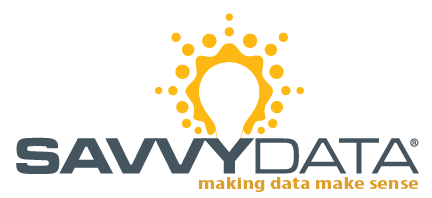All this is reward enough, but changing trends make this new feature especially noteworthy.
Display Size Usage Patterns
Statistics indicate that more than one-quarter of Web users are using monitor settings higher than the "standard" 1024×768 (source: W3Schools.com). The reality is that users now have many choices of monitor size and resolution. The aspect ratio of displays is also changing, favoring wide-screen dimensions—for both stand-alone and laptop screens. Resolutions exceeding 1600×1000 on 21" or larger monitors are common, effectively doubling the number of pixels one can use on their screen. And 30" displays (up to 2560×1600 resolution) are popular in the creative markets, where FileMaker has a strong presence. Naturally, you’ll want to survey your target audience to confirm their own particular usage mix and adoption patterns..
Evolving UI Design Guidelines
The current user interface wisdom is expressed well by Jakob Nielsen; here he’s describing Web design, but his observations also hold true for most desktop applications: "Optimize Web pages for 1024×768, but use a liquid layout that stretches well for any resolution, from 800×600 to 1280×1024 and higher. We know that designing for higher screen resolutions can provide a richer user experience and dramatically increases performance and usability. But keep the minimum required size to 800×600, as not all users will want an application to take over their whole screen."
So, enough of the Why — here are the What and How:
|


